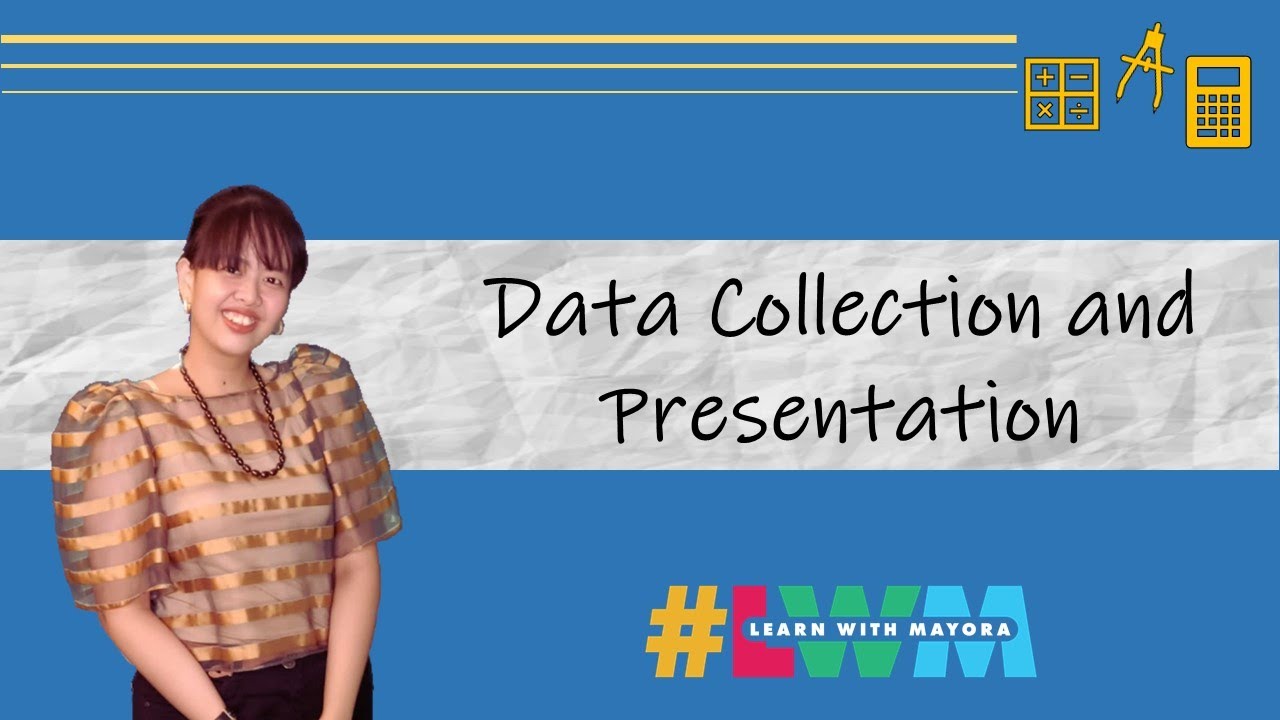QUANTITATIVE DATA COLLECTION TECHNIQUES
Summary
TLDRThis educational video introduces two primary quantitative data collection methods: surveys and experiments. Surveys are versatile, allowing data collection via face-to-face, phone, or online platforms like Google Forms or SurveyMonkey. Experiments, on the other hand, involve manipulating variables to establish cause-and-effect relationships, such as testing the impact of music on student cognitive performance. The video effectively outlines these methods, emphasizing their significance in educational research.
Takeaways
- 📊 **Quantitative Data Collection Methods**: The video discusses two primary quantitative methods used in educational research: surveys and experiments.
- 📝 **Survey Method**: Surveys are conducted using questionnaires distributed to respondents through various approaches.
- 🗓️ **Efficiency of Surveys**: Surveys enable the collection of data from a large number of people in a short time.
- 👤 **Face-to-Face Surveys**: Data can be collected by personally interacting with respondents.
- 📞 **Phone Surveys**: Data collection is done by contacting respondents via telephone or cellular phone.
- 🌐 **Online Surveys**: Surveys are sent through online channels like email, social media, or embedded on websites.
- 📊 **Survey Tools**: Tools like Google Forms and SurveyMonkey are mentioned for collecting online data.
- 🔬 **Experiments in Research**: Experiments involve manipulating variables to establish cause-and-effect relationships.
- 🎵 **Example Scenario**: An example is given where music's impact on student cognitive performance is studied.
- 📈 **Control and Experimental Groups**: In experiments, there is a need to establish both control and experimental groups for comparison.
- 📋 **Standardized Assessment**: Researchers use standardized tools to measure performance and compare groups' outcomes.
Q & A
What are the two most common quantitative data collection methods used in educational research?
-The two most common quantitative data collection methods used in educational research are surveys and experiments.
What is a survey method in educational research?
-A survey method in educational research is a way to gather data from a large number of people by using a questionnaire distributed through various approaches.
How can a survey be conducted face-to-face?
-A face-to-face survey is conducted by speaking to the respondents in person to collect data.
What is the telephone approach in conducting a survey?
-In the telephone approach, the researcher collects data by contacting the target respondents via telephone or cellular phone.
How is an online survey typically conducted?
-An online survey is conducted by sending a survey questionnaire to the target respondents through online channels such as email, social media, or embedding it on a website.
Which platforms are mentioned in the script for collecting data online?
-The script mentions using Google Forms or the website SurveyMonkey to collect data online.
What is the purpose of conducting experiments in educational research?
-Experiments in educational research are conducted to manipulate and control certain variables to establish cause and effect relationships.
How does a researcher establish cause and effect relationships through experiments?
-A researcher establishes cause and effect relationships by manipulating variables and observing their impact on the outcome.
What are the two groups a researcher must establish in an experiment?
-A researcher must establish a control group and an experimental group in an experiment.
How are students typically assigned to groups in an experimental study?
-Students are randomly assigned to either the control group or the experimental group in an experimental study.
What tool might a researcher use to measure performance in an experiment?
-A researcher might use a standardized assessment tool to measure the performance of both the control group and the experimental group.
What is the difference between a true experiment and a quasi-experiment in educational research?
-A true experiment involves random assignment of participants to treatment conditions, while a quasi-experiment does not.
Outlines

This section is available to paid users only. Please upgrade to access this part.
Upgrade NowMindmap

This section is available to paid users only. Please upgrade to access this part.
Upgrade NowKeywords

This section is available to paid users only. Please upgrade to access this part.
Upgrade NowHighlights

This section is available to paid users only. Please upgrade to access this part.
Upgrade NowTranscripts

This section is available to paid users only. Please upgrade to access this part.
Upgrade Now5.0 / 5 (0 votes)





